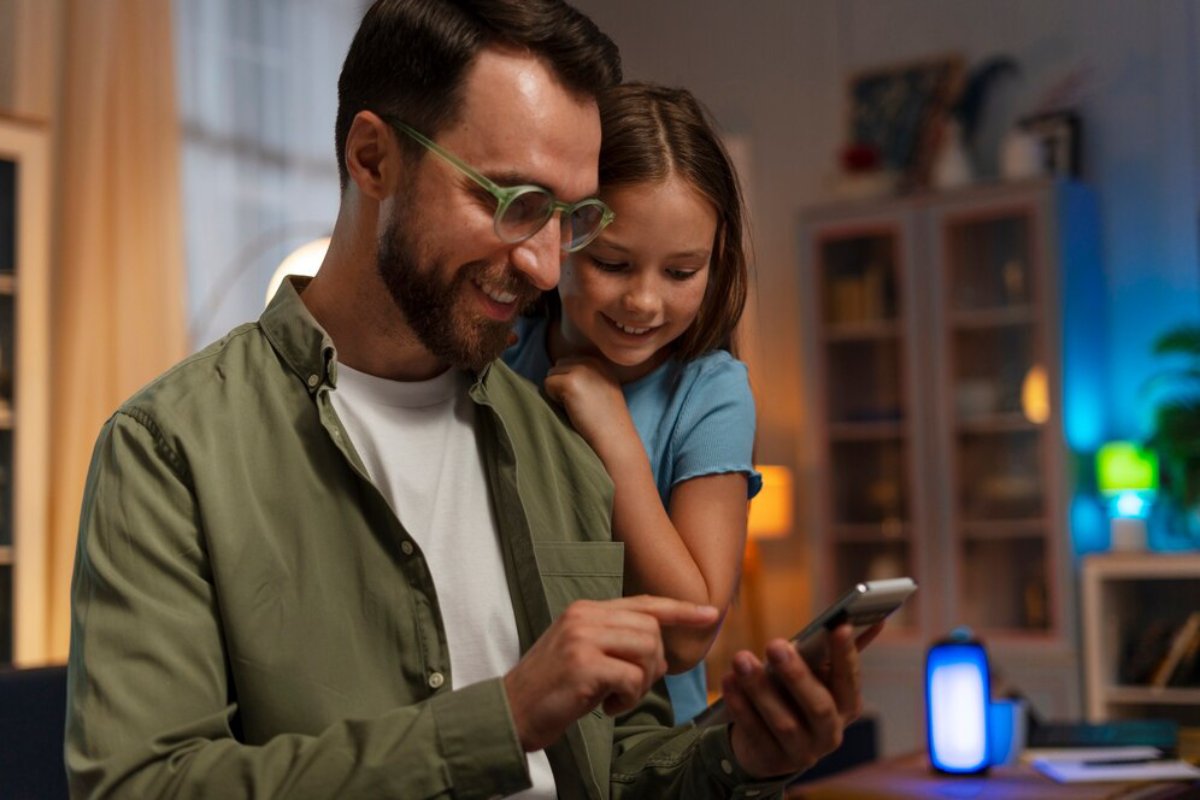
How to Evaluate the Quality of Kids’ Content
Today, kids can access a wide range of media content like never before, including educational programs and entertainment shows. We have a lot of media today, so we need to ensure that what kids watch is high-quality and helps them grow. This blog helps parents, teachers, and guardians discover the best tools to evaluate kids’ content.
Children now use streaming services, mobile apps, and educational platforms. They engage with media in more interactive and immersive ways. It’s essential to tell apart content that helps growth from content that can mislead or harm. Good evaluation ensures screen time supports learning, enhances well-being, and promotes positive values.
Key Benefits of Evaluating Kids’ Content
Understanding the quality of media content for children is crucial for several reasons. High-quality content helps a child’s thinking, feelings, and social skills grow. This content ignites curiosity. It enhances learning and fosters empathy, resilience, and social skills. Children who watch good media tend to have longer attention spans. They also show better problem-solving and stronger language skills.
Research shows that age-appropriate, well-designed educational media helps kids prepare for school and encourage a love for learning that lasts a lifetime. Starting literacy-based programming early helps boost vocabulary and reading skills in primary school.
Poor-quality content can cause misunderstandings, bad behaviour, and block learning. Watching violent, commercial, or stereotypical media can hurt a child’s view of the world and their growth. It’s essential to do a thorough media quality check. This way, we can ensure children see content that helps their healthy development.

Real-Life Applications
Think about a well-known educational show that uses interactive storytelling to teach math. Parents can check the quality of a program. This helps them see if it engages kids and improves their math skills. The show’s pacing, clear explanations, and interactive elements boost its educational value.
Apps like Khan Academy Kids, PBS Kids, and Numberblocks on YouTube offer excellent content. Educators check this material, and it often matches school lessons. Evaluating how these platforms create content can help parents make better choices. They use scaffolding challenges, encourage problem-solving, and provide positive feedback.
Checking an entertainment show can show if it supports good values and behaviours. Animated series focusing on friendship, teamwork, and problem-solving can help kids grow their emotional and social skills. This is true, even if the main goal is just to entertain.
Additional Expert Tips & Common Mistakes to Avoid
Best Practices for Evaluating Kids’ Content
When evaluating kids’ content, it is vital to consider several factors:
- Educational Value: Check if the content matches the child’s growth stage. Is the material age-appropriate? Does it reinforce core learning areas like literacy, numeracy, and science? Look for content that encourages curiosity, exploration, and inquiry-based learning.
- Engagement and Creativity: Is the content engaging? Does it promote creativity, imagination, and problem-solving? Children remember information better when they are actively involved in learning. This can happen through interactive activities, storytelling, or relatable characters. Content with music, humour, and visuals grabs attention more than static lectures.
- Emotional and Social Themes: Good content includes emotional intelligence. It helps kids learn to recognise and manage their feelings, build empathy, and resolve conflicts. Media that shows good communication and different feelings can help kids grow socially.
- Visual and Audio Quality: Professional, age-appropriate production values matter. Clear visuals, easy-to-understand dialogue, and good music improve learning and hold children’s attention. Bad audio, messy design, or fast pacing can make it hard to understand and enjoy.
Common Mistakes and Misconceptions
One common mistake is assuming that all educational content is inherently beneficial. Not all academic programs are the same. Some may not effectively teach the intended lessons. Some might even strengthen stereotypes or old teaching methods that don’t fit modern learning styles.
Another misconception is that entertainment content has no educational value. Many entertainment shows include educational parts, and ignoring them means missing important learning opportunities. Parents should recognize that fun and learning are not mutually exclusive. Shows that teach morals, introduce new words, or inspire creativity can be as effective as traditional education programs.
Many parents overlook the importance of co-viewing or participating in media consumption. Watching content with kids helps adults show good viewing skills. It also opens the door for talks and deeper understanding.
Advanced Insights & Expert Recommendations
Depth of Content and Engagement
High-quality kids’ content should be informative and engaging, encouraging active participation and critical thinking. Interactive digital content helps children solve problems, make decisions, and explore virtual worlds, which can be very effective for their cognitive development. This content helps kids build resilience, persistence, and a sense of achievement. It supports them as they face challenges and finish tasks.
Interactive e-books, augmented reality, and gamified learning platforms are great examples. ABCmouse and Toca Boca fit this category well. These tools let kids make choices. They receive feedback and engage with content that changes according to their answers.
The content’s pacing must be balanced. This way, it keeps the child interested without overwhelming them. Watching this content repeatedly can boost learning. It helps children grasp new ideas over time.

Unique Industry Perspectives
Experts in child development and media studies say diversity and representation are important in kids’ content. Children need to see themselves in the media they watch. Seeing different cultures and viewpoints helps people feel empathy and understand others better. Inclusive content helps reduce biases and fosters a more tolerant worldview early on.
Furthermore, ethical considerations in media creation are critical. Content creators should avoid harmful stereotypes, ensure fair gender representation, and skip unnecessary ads aimed at impressionable youth.
Parents and guardians should look for content recommended by teachers and child psychologists. This content often meets higher standards for kid-friendliness and educational value. Common Sense Media gives detailed reviews. They assess educational value, age suitability, and positive messages. This makes them an excellent resource for families.
Conclusion: How to Evaluate the Quality of Kids’ Content
Assessing kids’ content is a continuous task that requires careful thought and insight. Parents and educators can check media quality to ensure kids enjoy valuable content. This includes looking at both educational and entertainment value. Talking to kids about what they watch helps us see how they understand and interpret media.
We urge you to review the content your child watches. Talk about the media together. This will help them better understand and appreciate quality content. Set screen-time rules, watch content together, and use trusted rating tools. These steps help create a safe media environment.
In conclusion, we all have the responsibility of evaluating kids’ content. Being proactive and informed helps us build a positive media environment, which supports children’s overall growth. What steps will you take today to ensure the media your child consumes is of the highest quality?


